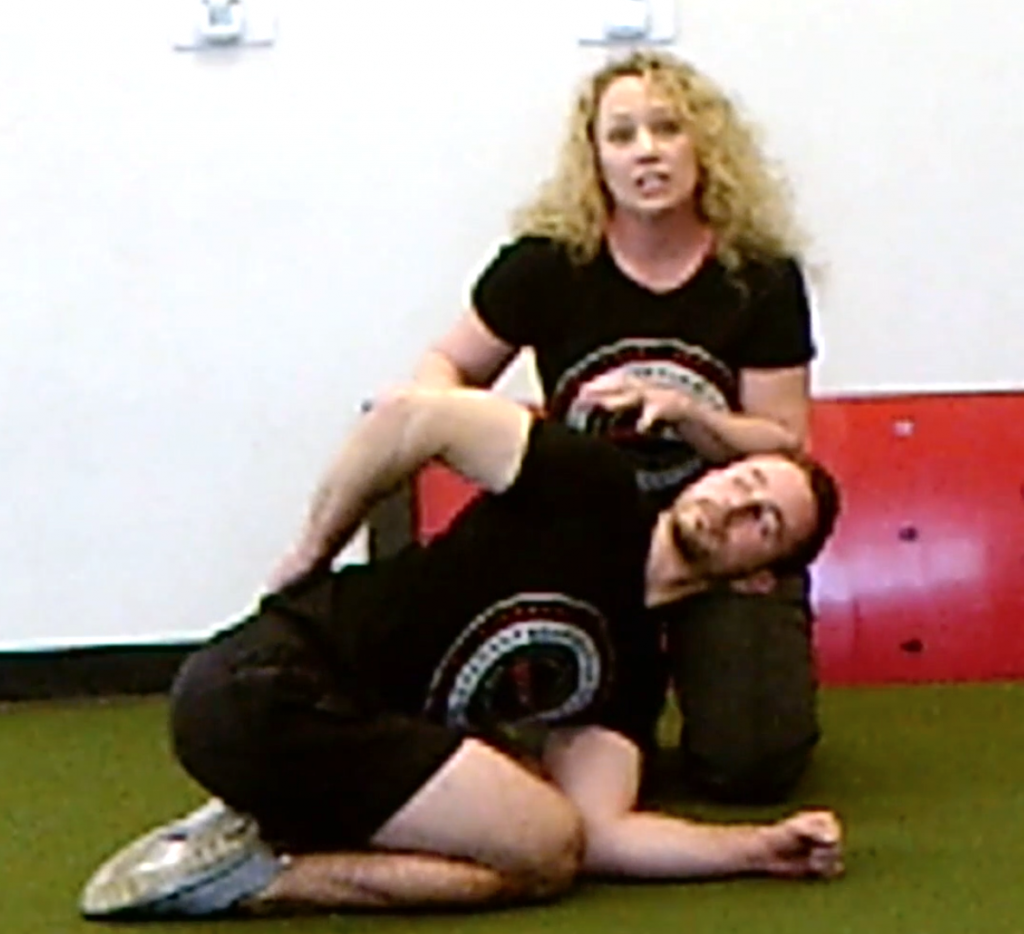Why People Get Rotator Cuff Training Wrong!
2023-02-12
Jessica Bento, Physical Therapist (Creator DVRT Restoration Certification, Knees Over Toes Course, DVRT Rx Shoulder, Knees, Pelvic Control, & Gait Courses)

Coming from someone who had their dreams of competing in the Olympics by rotator cuff injuries, dealing and preventing rotator cuff injuries is something I am really passionate about. It also was a BIG inspiration to why I became a physical therapist in the first place. You could imagine why it saddens me to see so much flawed advice on social media about rotator cuff training getting shared over and over again. What is it that people keep getting so wrong?
The BIGGEST Issue In Rotator Cuff Training
To be fair, I use to commit the same mistake that most do in their training. That is they focus largely on isolating on the rotator cuff. Why is this flawed? Typically the injury to the rotator cuff is a RESULT of other aspects of the body not functioning correctly. You see, most articles will even begin with just an isolated anatomy discussion of the rotator cuff like the one below.

While it may be helpful to better understand what happened to the actual body during the injury, the truth is that this is just the end result often of something bigger. As this 2016 paper, “The Kinetic Chain Revisited: New Concepts on Throwing Mechanics and Injury” in Advanced Sports Medicine Concepts and Controversies explains how rotator cuff issues can arise in one of the most popular ways of throwing.
“The overhead throwing motion is a complex activity that involves the entire body to achieve accuracy and velocity 1, 2. This activity is accomplished through activation of the kinetic chain, which refers to the mechanical linkages of body segments that allows for the sequential transfer of forces and motions when performing a task such as throwing 3, 4. The kinetic chain has been studied with regard to its role in the normal overhead throwing motion and its impact on injury and decreased performance 1, 2, 3, 4, 5, 6. The throwing motion is a fluid, continuous movement that starts with the lower extremities and core, which provides a base of support and helps generate kinetic energy that translates through the throwing arm, eventually culminating with the ball release from the hands and fingers. An efficient and effective throwing motion requires optimized anatomy, physiology, and mechanics in all of the segments of the kinetic chain. Accordingly, deficits or “breaks” in the kinetic chain can lead to injury or impaired throwing performance. Several studies have investigated shoulder injuries in the overhead throwing athlete, addressing the biomechanics and role of the kinetic chain in injury and training principles for the overhead throwing athlete 6, 7, 8, 9.”

From the paper, “Anterior and Posterior Serape: The Rotational Core”
This is to say that how the entire body functions and how it is used in our efforts to help rotator cuff training be actually effective is critical. Isolating the rotator cuff or the shoulder in general in our training is a VERY inefficient way of trying to be strong, resilient, or come back from injury. How do we do it? Here are some great ideas to follow.
Don’t miss last couple of days to save 30% on Ultimate Sandbags/Water Bags with coupon code “save30” HERE
View this post on Instagram
View this post on Instagram
© 2026 Ultimate Sandbag Training. Site by Jennifer Web Design.







